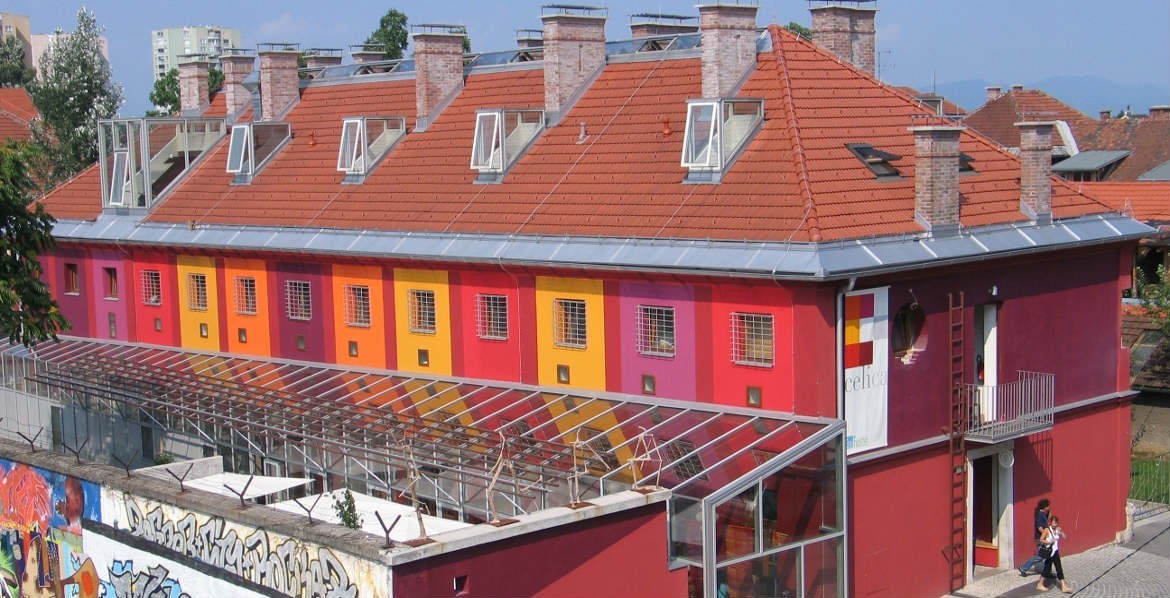 Dutch prisons are emptying fast. The number of prisoners in the Netherlands fell from 20,463 in 2006 to 10,102 in 2016.
Dutch prisons are emptying fast. The number of prisoners in the Netherlands fell from 20,463 in 2006 to 10,102 in 2016.
This is equal to about 59 prisoners per 100,000 population. In comparison, the United States, which has the world’s highest incarceration rate, has 666 prisoners per 100,000 population, or a total of more than 2.1 million inmates.
The Netherland’s low incarceration rates are largely thanks to relaxed drug laws, a focus on rehabilitation and an electronic ankle monitor system.
 |
| Bijlmerbajes prison in Amsterdam Photo: Janericloebe / Wikimedia Commons |
 |
| Bijlmerbajes - Future energy-neutral development Photo: Inhabitat |
As a consequence, multiple prisons across the country are closing, including Bijilmerbajes in Amsterdan, which was shut down in 2016 and will be demolished. The Dutch government will transform the prison complex’s iconic six towers into an energy-neutral development powered by renewable energy and built largely from recycled materials.
Alongside this project, the city of Amsterdam and various partners will help refugees secure employment opportunities.
This initiative reflects Amsterdam’s policy of actively fostering and encouraging activities aimed at the inclusion of refugees.
Re-imagined spaces are also becoming increasingly common elsewhere.
For example, Bayview Correctional Facility in New York City was recently converted into the Women’s Building, a dedicated space designed to help promote partnerships and create networks.
In Slovenia, meanwhile, a former Yugoslavian military prison was converted into a youth hostel in 2003, following a campaign between 1993 and 2001 to renovate the space.
The hostel’s owners says the prison was “artistically upgraded from a place of confinement into an open space, place of personal freedom and artistic expression”.
While each room is unique, they still have one thing in common: prison bars on the windows and doors.

Image: Hostel Celica
